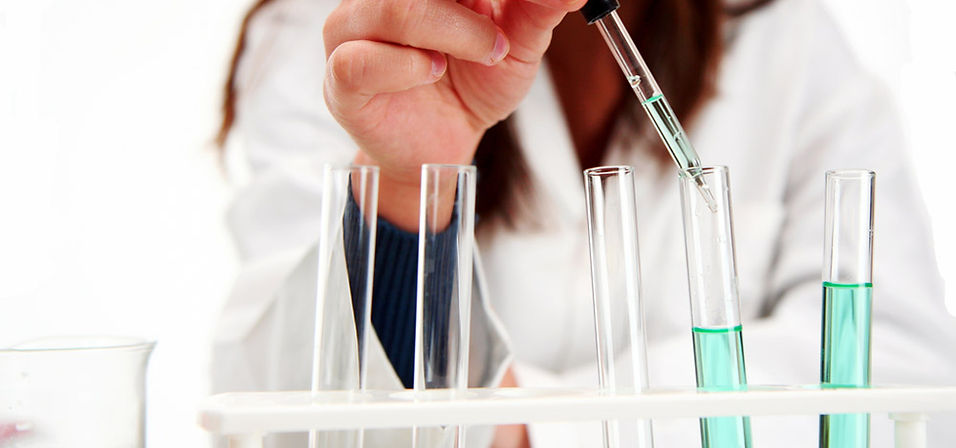
International Symposium 2025!
People
A Collaborative & Diverse Group
Our people are at the core of what makes the Biological Inorganic Chemistry Group such a unique and fulfilling place to work. We’re proud of the diversity of our staff, with each member contributing their unique skills to the projects we’re working on. Together, we’ve planned and executed some of the most innovative and cutting edge experiments. Find out more about our team members below.
Research projects
Unlocking the Mysteries of Science

The area of scientific interest covers a broad spectrum of biological inorganic chemistry, otherwise known as bioinorganic or biomedical chemistry, in particular:
• transport and homeostasis of metal ions (including iron, zinc, copper, nickel) in pathogens; the correlation of structure and function in siderophores and other metallophores and their complexes; biomimetic systems
• biomimetics of siderophores as a tool to develop non-invasive, in vivo imaging agents that allow more specific and sensitive diagnostics and differentiation of the source of infection (bacterial/fungal) and drugs based on the Trojan horse strategy
• thermodynamics, structure and function of metal-protein/peptide complexes; interaction of metals with other biomolecules
• the effect of binding of metal ions on fibrillation of proteins involved in neurodegenerative and autoimmune diseases; molecular basis of neurodegenerative diseases such as Alzheimer's or Parkinson's disease
• metal chelating agents - searching for new effective compounds for the needs of chelation therapy, enzyme inhibition, development of contrast agents
• multi-nuclear coordination compounds and coordination polymers with promising physical and chemical properties
Current funding

2024-2026, National Science Centre NCN (Poland), Opus-LAP, PI: Elżbieta Gumienna-Kontecka, Prof.
Artificial siderophores for molecular imaging applications, SideroArt, 2022/47/I/ST4/02354; project in collaboration with E. Wojaczynska (Wroclaw University of Science and Technology), C. Decristoforo & H. Haaas (Medical University Innsbruck) and M. Petrik (Palacky University, Olomouc).
2018-2023, National Science Centre NCN (Poland), Maestro, PI: Henryk Kozłowski, Prof.
Metallophores – understanding (and lighting up) metal transport in pathogens to help the host trick the invaders.
2022-2025 National Science Centre NCN (Poland), Sonata, PI: Małgorzata Ostrowska, PhD
Coming out of the shadow of iron –manganese as an important player at the host-pathogen interface.
2024-2029 National Science Centre NCN (Poland), Sonata Bis, PI: Sławomir Potocki, PhD
Unusual Chaperonins of Pathogenic Mycobacteria: Correlation between Coordination Chemistry, Structure, Dynamics and Biology.
2024-2026 National Science Centre NCN (Poland), Preludium, PI: Paulina Potok, MSc
The design and development of the peptide inhibitors library targeting Zn(II)- binding site of matrix metalloproteinases (MMPs) for cancer suppression.
2025-2030, Horizon, Maria Skłodowska-Curie Actions Staff Exchanges, HORIZON-TMA-MSCA-SE, PI: Elżbieta Gumienna-Kontecka, Prof.,
Photoanodes advanced by cost-effective catalysts to secure future Solar Hydrogen, PacemCAT, 101183082.
2023-2027, COST Action CA21115,
Iron-sulphur (FeS) clusters: from chemistry to immunology, FeSImmChemNet, COST - European Cooperation in Science and Technology, Management Committee Member.



![2023_Chemia_fot. Dominika Hull-152[1]_ed](https://static.wixstatic.com/media/2d54eb_cc9e974b6fb94ce2ad9391910543911b~mv2.jpg/v1/crop/x_4,y_0,w_711,h_711/fill/w_296,h_296,al_c,q_80,usm_0.66_1.00_0.01,enc_avif,quality_auto/2023_Chemia_fot_%20Dominika%20Hull-152%5B1%5D_ed.jpg)











